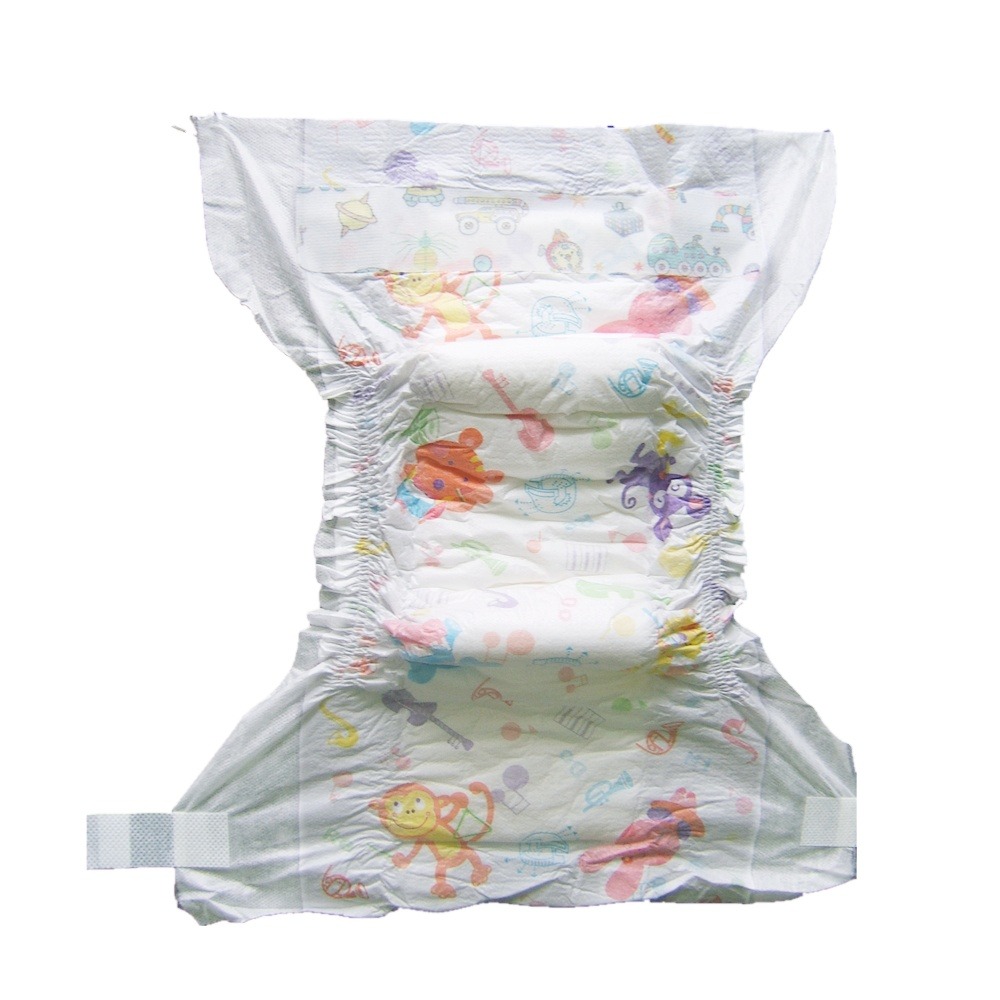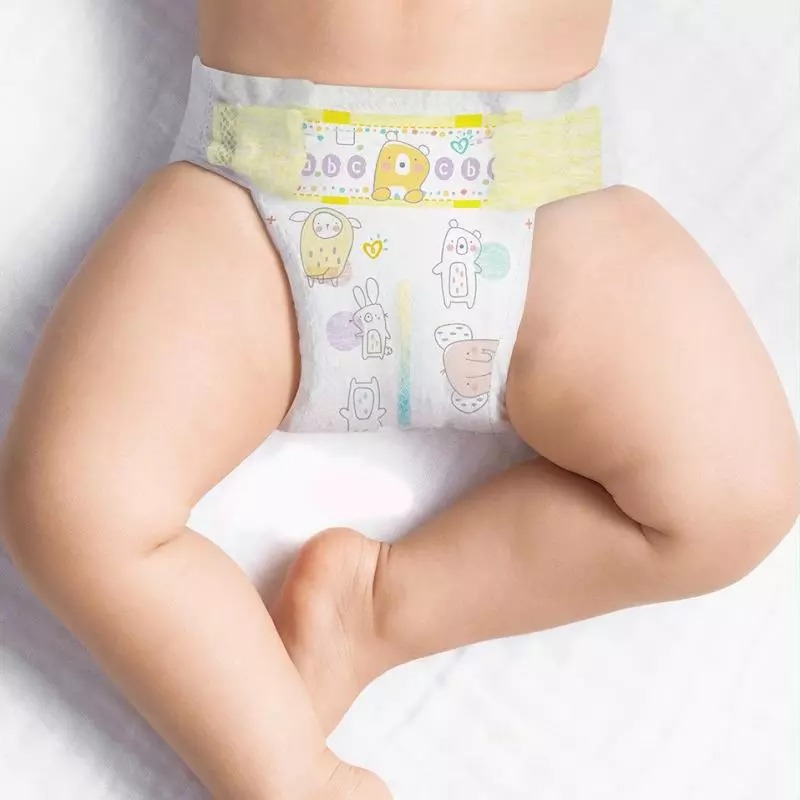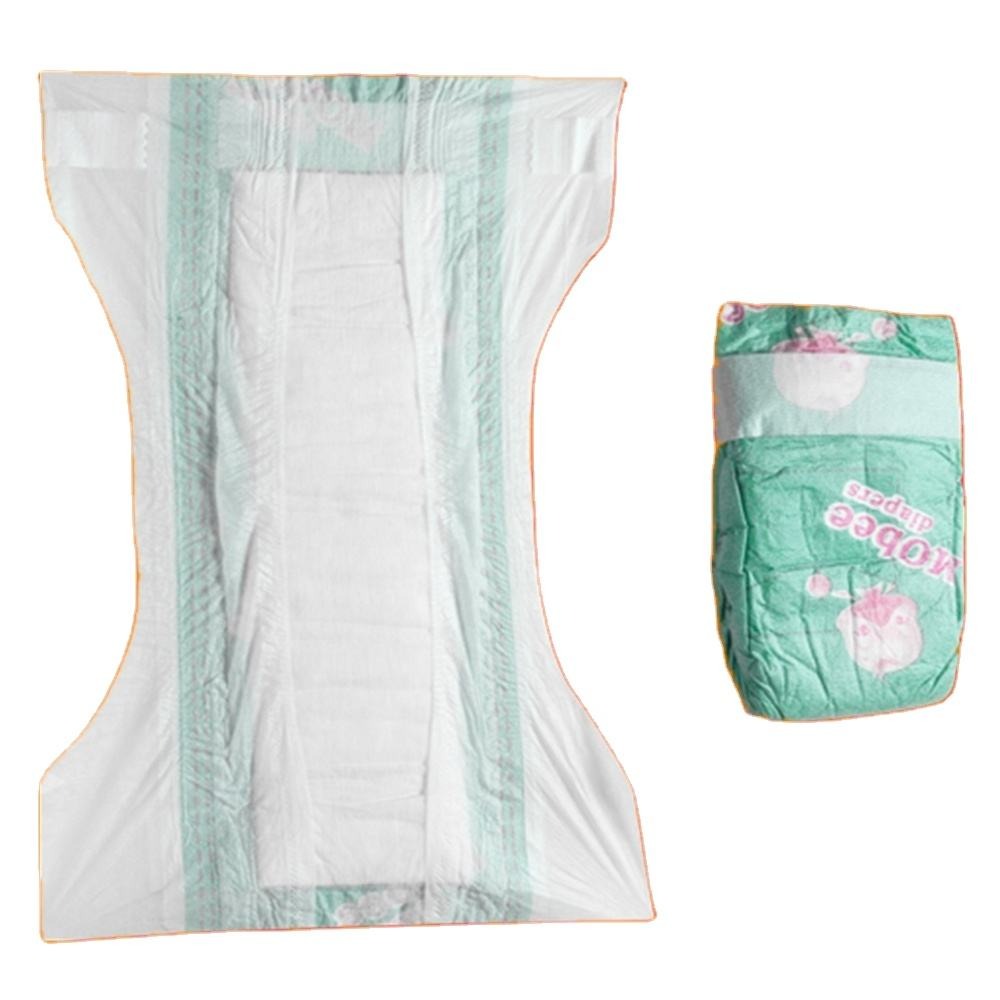Physical Address
304 North Cardinal St.
Dorchester Center, MA 02124
Physical Address
304 North Cardinal St.
Dorchester Center, MA 02124

When we discuss what diapers are made of, we delve into various materials. Safe and effective, these materials are key to keeping babies dry and comfortable. In diapers, multiple layers work together. They provide protection, absorbency, and comfort. Each material has a specific role.
Let’s unpack these layers and materials. We’ll explore how they make diapering a reliable solution for parents. Our goal is to shed light on the components of diapers. We aim to help you understand the caring science behind them.
When looking at what are diapers made of, the outer layer is crucial. It’s the first line of defense. Its job is to hold everything in. This layer uses fabrics that are both soft and strong. They must withstand active babies. The materials here are also waterproof. They keep moisture away from a baby’s clothes and the outside world.
The outer layer often has breathable materials too. This improves airflow. It helps keep the baby’s skin dry and prevents rashes. These fabrics allow vapors out but keep liquids in. They strike a balance between being leak-proof and skin-friendly.
Waterproofing is achieved with special coatings or films. These are applied to the fabric. They block fluids from leaking. Yet, they let the skin breathe. So, parents can rest easy knowing their little ones stay dry and cozy.
In summary, the outer layer has two main features. It’s soft for comfort and waterproof for protection. These fabrics are engineered to last through movement and use. They are a key piece in what keeps diapers effective.

Moving inward, what are diapers made of at their core is critical to their function. The absorbent layer is what truly defines the efficiency of a diaper. This layer’s main job is to soak up and lock in moisture, keeping a baby’s skin dry. It consists primarily of two components: super-absorbent polymers (SAP) and fluff pulp.
Super-absorbent polymers are tiny granules that can absorb many times their weight in liquid. When these SAPs come into contact with moisture, they turn into a gel. This gel locks the wetness away from baby’s skin. The technology behind SAPs is what allows diapers to be thin yet highly absorbent.
Fluff pulp, on the other hand, is a soft, paper-like material. It spreads out the liquid, allowing the SAPs to do their job more effectively. Fluff pulp is made from wood cellulose, which is both fluffy and absorbent. It acts as a cushion, adding comfort and aiding in even distribution of moisture.
Together, these materials work in harmony. They provide maximum absorbency and prevent leaks. They are the unsung heroes within what are diapers made of, keeping babies comfortable and preventing messes. Without these key materials, diapers wouldn’t be as absorbent, and would need frequent changing, causing more stress for parents and discomfort for babies.
In discussing what are diapers made of, we cannot overlook the elastic components. These include the waistbands and leg cuffs. They provide a snug fit for babies of all sizes. Elastic elements ensure the diaper stays in place while allowing free movement.
Elastic waistbands adapt to a baby’s shape and movements. They prevent gaps at the back of the diaper. This reduces the risk of leaks and blowouts. The waistbands have to be comfortable to avoid irritating the baby’s skin.
Leg cuffs are another key feature. They form barriers around the baby’s legs. This helps to contain messes and absorb overflow. Like waistbands, cuffs should be snug but not too tight. They must guard against leaks without causing red marks on soft skin.
Both waistbands and leg cuffs utilize stretchable materials. These materials can return to their original shape after being stretched. This is crucial for maintaining a good fit over time.
Together, waistbands and leg cuffs are vital in what are diapers made of. They keep the diaper secure and comfortable. And they play a big role in leak prevention. Their design and materials need to balance elasticity with gentle comfort to protect the baby’s delicate skin.
The fastening system is next in exploring what are diapers made of. It ensures the diaper stays secured to the baby. Let’s dive into the types of fasteners and adhesives used.
First, there are the tapes. These are sticky strips on the front of the diaper. They attach to the outer layer, allowing for adjustments. The tapes must be strong enough to hold the diaper in place. Yet, they should be gentle on the skin. Diaper tapes often have a reusable feature. This lets parents adjust the fit as needed.
Adhesives play a vital role too. They bond the different layers of the diaper together. These glues must be safe for contact with a baby’s sensitive skin. They also need to resist moisture. This keeps the diaper intact, even when wet.
Both tapes and adhesives are essential for a diaper’s design. They provide the convenience parents trust. Without these, diapers would be less reliable. Thus, they are a crucial part of what are diapers made of.

When exploring what are diapers made of, the inner lining is vital. It touches the baby’s skin directly. It must be soft to prevent irritation. The lining often uses non-woven fabrics. These fabrics are gentle and help in keeping the baby’s skin dry.
The lining’s design aims to transfer wetness to the core layer. This keeps the skin dry, preventing diaper rash. It may also contain aloe or other soothing substances. These give an extra layer of care for the skin.
Materials for the lining are chosen for hypoallergenic properties. They need to prevent allergic reactions. This is important because a baby’s skin is sensitive and vulnerable.
In summary, the inner lining plays a key role in comfort and protection. It works together with the core absorbency layer. It helps to pull moisture away from the skin. The right fabrics and materials ensure delicate skin stays rash-free and comfortable. This part of what are diapers made of is crucial for a baby’s well-being.
In considering what are diapers made of, we must address chemicals and fragrances. These elements can affect a baby’s health and comfort. Parents should know what goes into diapers beyond the basic layers and components.
Many diapers contain fragrances and lotions. These can give a fresh scent or soften the lining. However, such additives may cause skin irritation or allergic reactions in sensitive babies. Look for diapers labeled as “fragrance-free” or “for sensitive skin” if this is a concern.
Chemicals serve various purposes in diapers. They could keep materials strong or prevent bacterial growth. But some could lead to skin issues or health concerns. It is wise to check for labels like “chlorine-free”. This means the diaper is free from chlorine bleaching, a process that can create harmful byproducts.
Diaper manufacturers may also use dyes. They make diapers visually appealing. But just like fragrances, dyes can be problematic for sensitive skin. Opt for color-free options if you want to minimize the risk of irritations.
It is crucial for parents to read labels and choose diapers carefully. Check for certifications and safety standards. Such approvals ensure products are tested for harmful substances. Doing so helps you protect your little one’s health while still providing them with the comfort and protection they need.
When considering what are diapers made of, it’s crucial to think about environmental impact. Diaper materials can have long-lasting effects. Here are key points to keep in mind:
In conclusion, while diapers provide comfort and convenience, their materials can harm the environment. By being aware and choosing wisely, parents can help make a difference. Opt for environmentally-friendly diaper options when possible.

With our exploration of what are diapers made of, parents can now make informed choices. Here’s a simple guide to selecting the right diaper:
Picking the right diaper involves balancing your baby’s needs with environmental considerations. Use this guide to choose diapers that offer comfort, protection, and are kind to the planet.